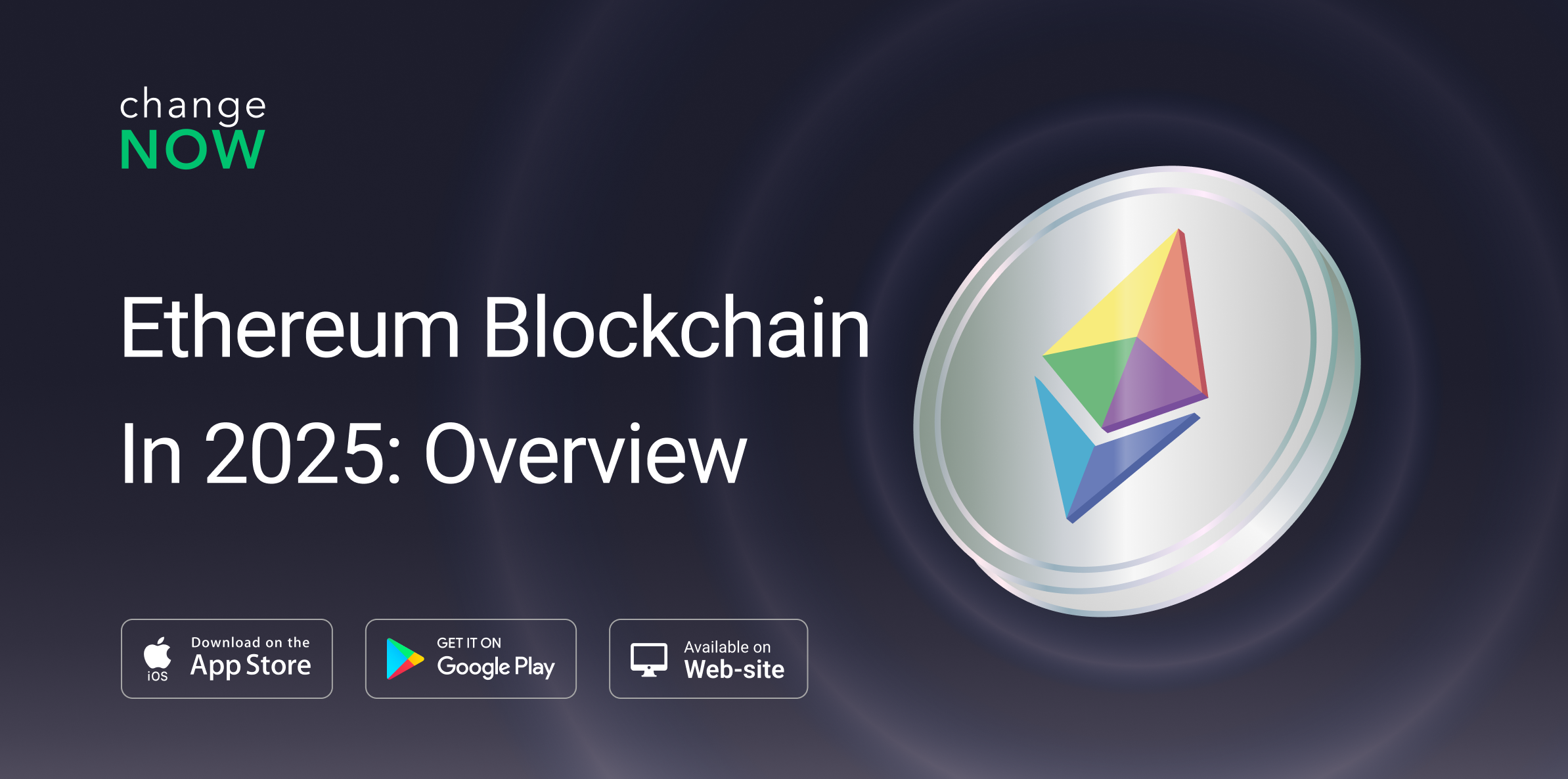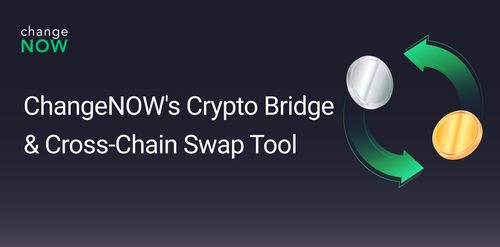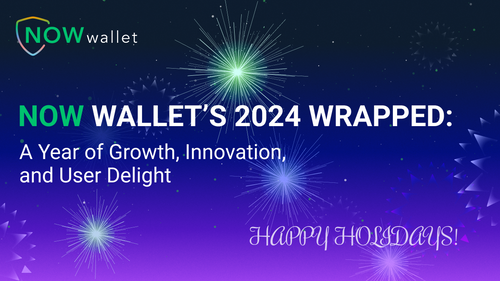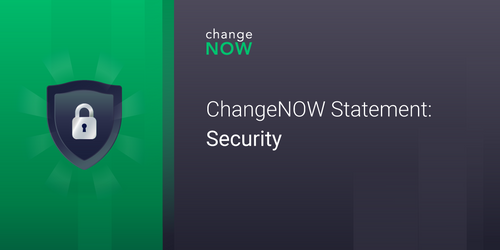Ethereum Blockchain In 2025: Where It Stands, How It Performs, and What’s Driving It

Ethereum has been a major player in the blockchain world for years, leading the charge with smart contracts, DeFi, and NFTs. But now, in 2025, the network finds itself at a crossroads. Upgrades have made it more efficient, but Ethereum still has ongoing challenges with scalability, transaction fees, and increasing competition from other blockchains.
Let’s take a close look at where Ethereum stands today, how well it’s performing, what’s affecting its trajectory, and how the community feels about it all.
Key Takeaways
- Despite recent upgrades like Proof of Stake (PoS), Ethereum still struggles with scalability, transaction fees, and speed, processing only 15 transactions per second. Layer 2 solutions and upcoming improvements like EIP-4844 (Proto-Danksharding) aim to address these issues.
- Gas fees remain unpredictable, often making Ethereum impractical for smaller transactions. Competing blockchains like Solana and Avalanche offer faster, cheaper alternatives, challenging Ethereum’s dominance.
- Ethereum’s performance is heavily influenced by global economic trends, including inflation and market instability. It remains sensitive to macroeconomic events, with recent price drops tied to external factors like trade tariffs and market sentiment.
- Ethereum ETFs, approved in 2024, signal increasing institutional interest and trust in Ethereum as an investment. This move aligns Ethereum with traditional financial markets, potentially expanding its investor base in 2025.
How Well Is Ethereum Performing?
Ethereum has made great strides since switching from the Proof of Work (PoW) protocol to the Proof of Stake (PoS) protocol, but this shift didn’t completely solve its biggest issues – speed, scalability, and gas fees.
Speed and Scalability
Ethereum’s base layer can only handle about 15 TPS, which isn't nearly enough for the demand it sees. This congestion often leads to high fees and slow transaction times, pushing users to alternative networks.
Luckily, Layer 2 solutions like Arbitrum, Optimism, and zkSync are helping out by handling transactions more efficiently and reducing congestion on Ethereum's mainnet. But the real game-changer is EIP-4844, also known as "Proto-Danksharding." This update is introducing temporary data "blobs" that help Ethereum handle more transactions while keeping costs down, especially for L2 rollups.
Meanwhile, Ethereum developers are working on full Danksharding, which would increase network capacity by splitting transaction data across multiple shards. While full Danksharding is still a few years away, Proto-Danksharding is an important first step.
Gas Fees and Market Trends
Ethereum’s gas fees have always been a sticking point. At times, simple transactions can cost anywhere from $5 to $50, making it impractical for smaller users. While L2 solutions have helped bring fees down, Ethereum’s mainnet fees are still unpredictable.
One of the reasons for these fluctuations is network congestion. The more users transacting on the network at once, the higher the gas fees. This has made Ethereum-based DeFi applications expensive to use during peak times. Some major DeFi platforms have integrated L2 scaling solutions to ease costs for users, but Ethereum’s core developers are still working on long-term fixes.
Ethereum’s gas fees are also tied to its economic model. Since 2021, with the arrival of EIP-1559, a part of the transaction fees has been burned instead of going to miners or validators. This has made ETH more scarce, but it hasn't necessarily made fees cheaper for users.
Lately, fewer users have been transacting on Ethereum's base layer, opting instead for faster and cheaper alternatives like Solana and Avalanche. This shift is causing some concern for Ethereum's long-term sustainability, as fewer transactions mean lower revenue for validators and stakers.
What’s Driving Ethereum’s Performance Right Now?
Ethereum isn’t just dealing with internal network changes – it's also being influenced by global economic trends and shifting market sentiment. Here are some of the main factors affecting ETH right now:
Trump’s "Trade War"
New trade tariffs introduced by former U.S. President Donald Trump have shaken global markets, and crypto hasn’t been spared. In early 2025, Bitcoin saw a sharp 7.5% drop, while Ethereum plunged by over 20% to $2,510. This massive liquidation event wiped out $2 billion across major exchanges, highlighting how sensitive Ethereum is to macroeconomic forces.
Impact of Global Economy
Ethereum’s performance is highly correlated with broader financial markets and trends. Economic instability, rising inflation, and fluctuating interest rates have all led to more volatility in crypto markets. Investors often see Ethereum as a riskier asset class, meaning that during times of uncertainty, capital tends to flow out of ETH and into more stable assets like gold or the U.S. dollar.
Ethereum's correlation is especially tied to the stock market. When equity markets experience downturns – whether due to inflation concerns, Federal Reserve policy changes, or geopolitical tensions – Ethereum and other cryptocurrencies tend to follow suit. That's when institutional investors scale back their exposure to volatile assets like ETH, further driving price swings.
General Market Sentiment and Fear
The broader crypto market has been gripped by a mix of fear and uncertainty, driven by concerns over global regulations, geopolitical events, and fluctuating liquidity. The Crypto Fear & Greed Index stands now at the point of 54 in the line from 0 to 100, reflecting ambiguity and cautiousness. As Ethereum remains one of the leading blockchain networks, it often experiences amplified effects from the market swings, making investor sentiment a huge factor in its short-term price movements.
Ethereum’s long-term holders, however, appear to be standing firm. Over 33M ETH (approximately $115B in value) is now staked on Ethereum’s staking contract and supported by 1.05 million active validators. This suggests confidence and optimism about Ethereum’s long-term prospects, even as the short-term market conditions remain volatile.
The Rise of Other Blockchains
Ethereum might be the most established smart contract platform, but it’s facing more competition than ever. Networks like Solana, Avalanche, and Aptos are gaining ground, offering lower fees and faster transactions. Meanwhile, Cosmos and Polkadot are pushing interoperability, making it easier for blockchains to communicate with each other.
Even so, Ethereum still has some of the most dedicated developers and institutional backing in the space. Innovations like Lido (liquid staking) and EigenLayer (restaking) continue to keep Ethereum at the forefront.
Ether Open Interest and Liquidations
Ethereum's recent price movements are also due to a big drop in Open Interest (OI), which represents the total value of outstanding derivative contracts. When OI goes down, it suggests that traders are closing their positions, either due to profit-taking or concerns about further downside risks.
This drop in OI has also happened just at the time of liquidations in the Ethereum futures markets. Large-scale liquidations make the price go down even more, which leads to big sell-offs like in the recent market downturn. It triggered billions in liquidations across major exchanges – Ethereum among the hardest-hit assets saw more than $2.2 billion in crypto assets liquidated within 24 hours.
The Role of the Ethereum Community
Ethereum has always been driven by its community – developers, investors, and enthusiasts who keep the network alive. Even when the market experiences turbulence, Ethereum's supporters remain deeply involved in shaping its future.
Developers: Still Building
Ethereum has the biggest developer community in crypto. They're always working on making Ethereum better, from enhancing the Ethereum Improvement Proposals (EIPs) to creating new dApps. Conversations on GitHub and Ethereum’s official forums are filled with discussions about upcoming upgrades and solutions to Ethereum’s challenges.
Balancing Optimism and Market Realities
Staking has become a major way for ETH holders to earn passive income, and participation in staking continues to grow. However, concerns remain about Ethereum’s fee model and whether too many users are moving to L2 solutions, which could hurt mainnet revenue in the long run.
Ethereum ETFs were approved and began trading in 2024, opening new opportunities for institutional and retail investors. With this in mind, further expansion of this market is expected in 2025, which will attract more capital and enhance trust in Ethereum as an investment asset. Ethereum ETFs have become a significant step in adapting cryptocurrency to traditional financial markets and play a key role in the future of crypto investing.
As a whole, across Reddit’s r/ethereum and Twitter (X), discussions around Ethereum range from excitement about upgrades to concerns over high fees and L2 reliance. Some say that Ethereum’s decentralization and security still make it the best option for long-term builders, while others worry it’s losing ground to more efficient competitors.
Where Does Ethereum Go From Here?
As of 2025, Ethereum is at a critical point in its evolution. It’s made huge strides in scalability and efficiency, but it still faces stiff competition and economic challenges.
The success of upcoming upgrades – especially Proto-Danksharding – will play a big role in determining whether Ethereum can maintain its dominance. At the same time, how Ethereum adapts to shifting market conditions and external economic factors will be just as important.
One thing is certain: Ethereum isn’t going anywhere. It's got a vast developer ecosystem, and strong institutional support, and it's always coming up with new ideas. Ethereum is a key player in the blockchain world, and it'll be interesting to see how well it can adapt to all the changes happening so quickly.
Where to store Ethereum? Best ETH Wallet
When it comes to securely storing your Ethereum, NOW Wallet offers an excellent solution. NOW Wallet is a non-custodial wallet that ensures your assets remain under your control at all times. Unlike custodial wallets, where a third party holds your private keys, NOW Wallet allows you to manage your own Ethereum securely with private keys only you have access to.
Benefits of NOW Wallet:
- Non-Custodial: You are the only one who holds your private keys, meaning you maintain full control over your Ethereum.
- Decentralized: Unlike centralized services, NOW Wallet keeps your crypto assets secure and private.
- Low Fees: NOW Wallet offers low transaction fees, allowing for more efficient transfers without high costs.
- Cross-Platform Support: You can access NOW Wallet through a variety of devices, making it easy to manage your Ethereum anytime, anywhere.
- Enhanced Security: With advanced encryption and no reliance on third-party services, NOW Wallet ensures your assets are kept safe.
- User-Friendly Interface: The simple and intuitive interface makes it easy for both beginners and experienced users to navigate and manage their Ethereum.
If you’re looking for a reliable, secure, and efficient wallet to store your Ethereum and other 1500+ tokens, NOW Wallet is a great choice. It supports a wide range of blockchain and assets and is designed with the user’s privacy and control in mind.



